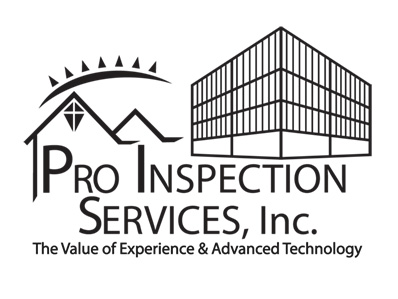Mold in homes is a common issue that can lead to significant health problems and structural damage if not addressed promptly. Understanding the causes of mold growth and implementing effective prevention strategies are crucial for maintaining a healthy home. Here’s a comprehensive look at why mold appears in homes and how to prevent it.
What are the Causes of Mold in Homes?
Mold thrives in moist, warm environments and can grow on various surfaces—from walls and ceilings to carpets and furniture. Here are some of the primary causes of mold in homes:
- Excessive Humidity: Homes with high humidity levels often experience mold growth. Cooking, bathing, and drying clothes inside can increase indoor humidity. Poor ventilation exacerbates the issue by trapping moist air inside.
- Leaks: Water leaks from pipes, roofs, or windows can provide the perfect breeding ground for mold. Often, leaks are hidden within walls or ceilings, allowing mold to flourish undetected until significant damage occurs.
- Condensation: Cold surfaces can cause condensation in warmer environments, leading to moisture accumulation. This is commonly seen on windows, pipes, and external walls, especially during colder months.
- Poor Ventilation: Inadequate ventilation in bathrooms, kitchens, and basements can lead to stagnant air and moisture buildup. This creates an ideal environment for mold spores to settle and grow.
- Flooding: Homes that have experienced flooding are at high risk of mold growth. Water absorbed into floors, walls, and furniture requires immediate drying to prevent mold from setting in.
- Lack of Routine Maintenance: Neglecting regular home maintenance like gutter cleaning, roof inspections, and HVAC system checks can lead to conditions that foster mold growth.
Preventing Mold in Your Home
Preventing mold involves controlling the moisture levels in your home and ensuring good air quality. Here are some practical tips to keep your home mold-free:
- Control Humidity Levels: Use dehumidifiers and air conditioners to maintain 30-50% indoor humidity levels. This range helps prevent mold growth by reducing air moisture.
- Ensure Proper Ventilation: Ventilate high-moisture areas adequately. Use exhaust fans in kitchens and bathrooms, and open windows regularly to improve air circulation.
- Fix Leaks Promptly: Regularly inspect your home for leaks and address them immediately. Pay special attention to plumbing, roofing, and windows.
- Dry Wet Areas Immediately: Any area of your home that becomes wet, whether from leaks, spills, or flooding, should be dried within 24 to 48 hours to prevent mold growth.
- Clean and Maintain Gutters: Ensure your gutters are clean and draining properly. Blocked gutters can lead to water accumulation and damage your home’s exterior and foundation.
- Use Mold-Resistant Products: When renovating or repairing your home, consider using mold-resistant drywall, paints, and building materials, especially in moisture-prone areas.
Mold can be a persistent problem that threatens the health and safety of your household. You can maintain a healthier, mold-free home by understanding its causes and implementing effective prevention measures. Regular inspections and prompt maintenance are vital in preventing mold and protecting your living environment. Remember, the best way to manage mold is to control moisture in your home.
FAQs About Mold
How can I detect mold in areas that aren’t visible?
A musty smell is often the first indicator of hidden mold. Additionally, symptoms of mold allergies in residents without another clear cause can suggest unseen mold.
What are some natural methods for removing mold?
Vinegar, baking soda, and tea tree oil are effective natural solutions for treating small amounts of mold. They can kill mold and help deter mold growth without the harshness of chemical cleaners.
What should I do if I find mold in my HVAC system?
If you suspect mold growing in your HVAC system, it’s crucial to stop using it and consult a professional. The system can distribute mold spores throughout the house, increasing exposure.
Are there any specific times of year when mold problems worsen?
Mold problems can increase in warmer months due to higher humidity levels. However, they can also occur in winter if homes are sealed tightly, trapping moist air.
Pro Home Inspection Services provides inspection to customers in the Grand Strand and the Greater Charleston Area. Contact us to schedule our services.

